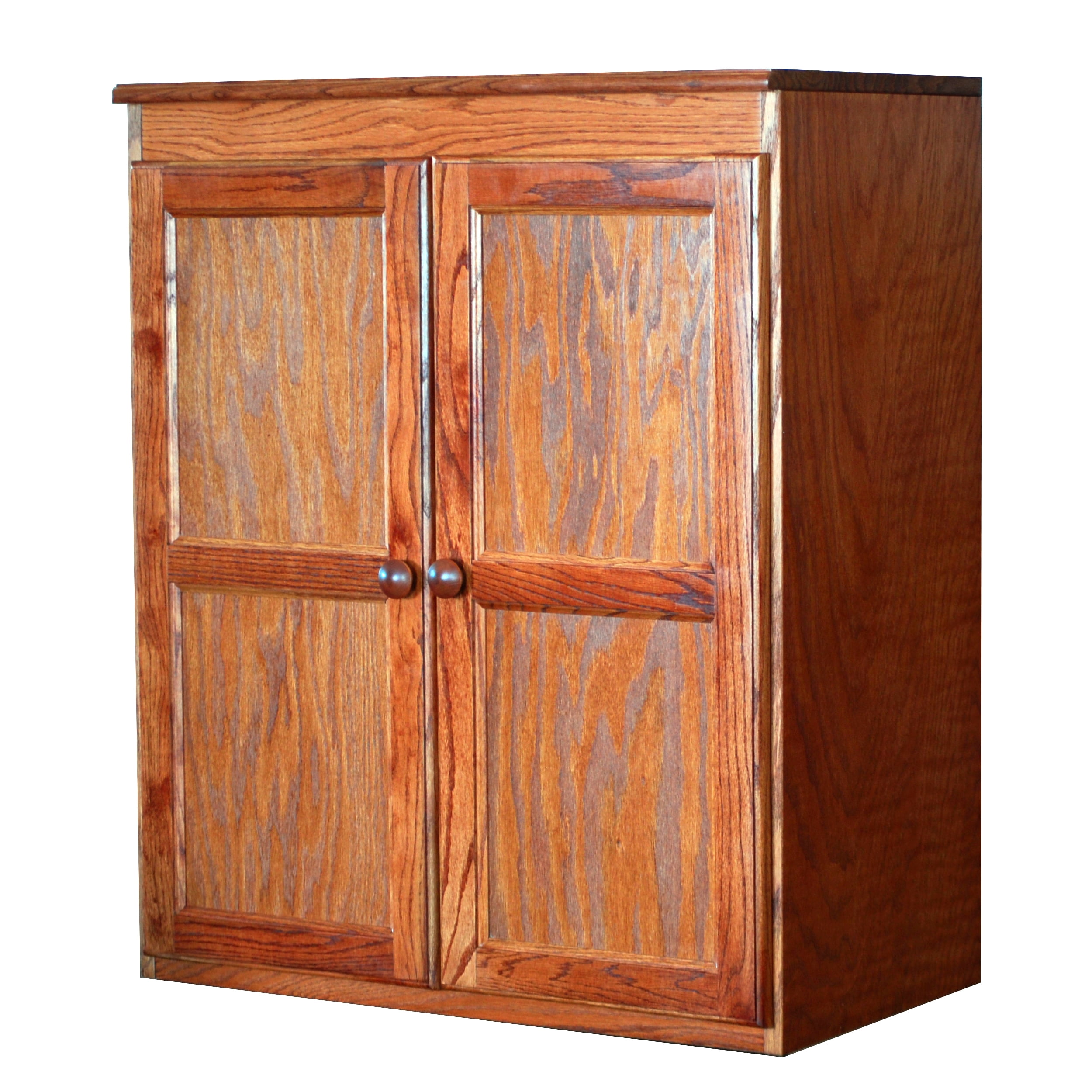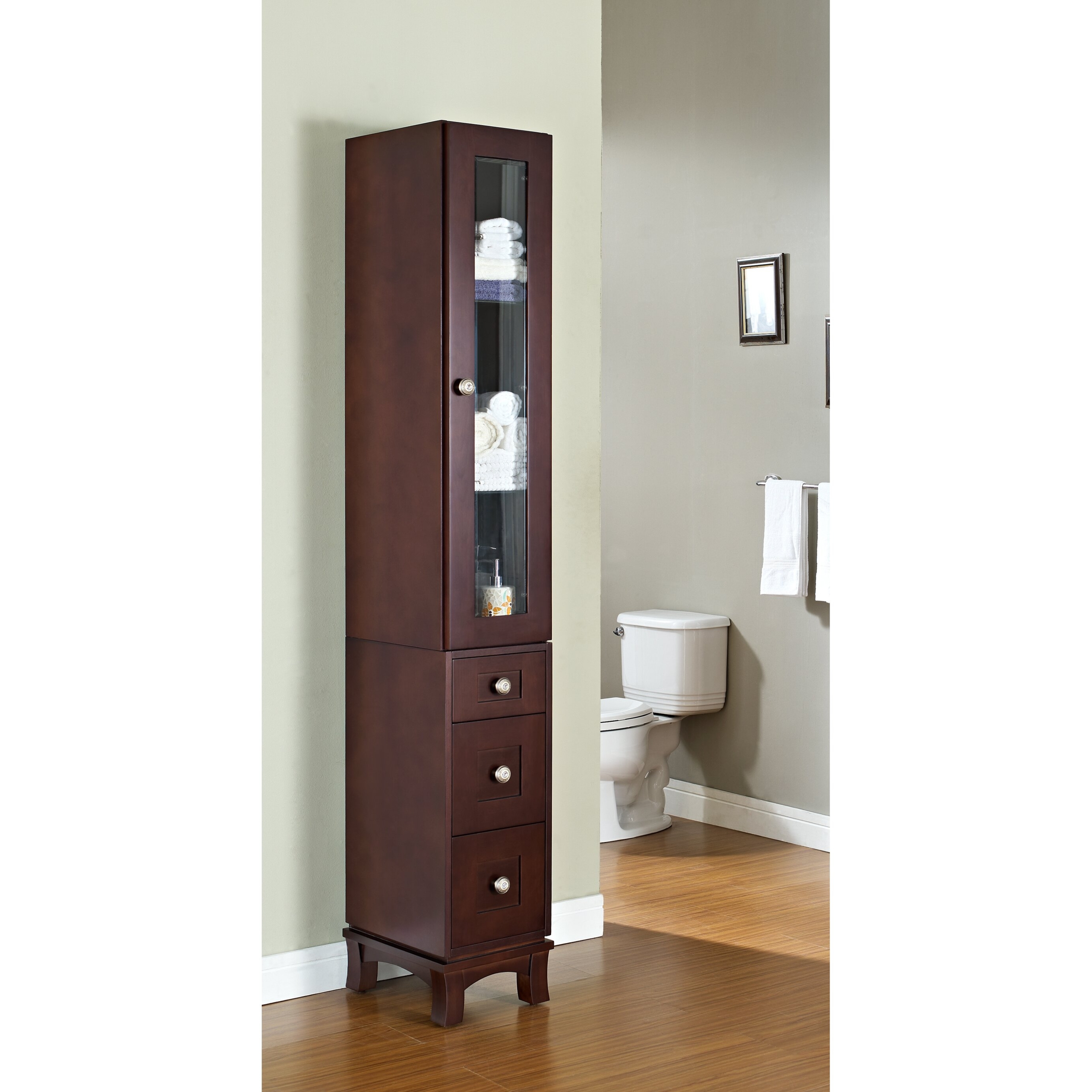Finding 12-Inch Wide Kitchen Cabinets
Finding the perfect 12-inch wide kitchen cabinets can significantly enhance your kitchen’s functionality and aesthetic appeal. These narrow cabinets are surprisingly versatile and offer unique design possibilities for even the smallest kitchens. This guide will explore their uses, material options, installation, and integration into various kitchen layouts.
Typical Uses and Placement Options for 12-Inch Wide Kitchen Cabinets
Twelve-inch wide cabinets are ideal for maximizing space in smaller kitchens or areas with limited counter space. They are often used as filler cabinets to bridge gaps between larger cabinets or appliances, creating a clean and finished look. They can also be used for specialized purposes such as spice racks, narrow pantries, or to house appliances like microwaves or coffee makers. Placement options are varied and depend on the overall kitchen design; they can be installed along a wall, as part of an island, or even integrated into a corner unit.
Comparison of Materials Used in 12-Inch Wide Cabinets
The choice of material significantly impacts the durability, cost, and aesthetic of your 12-inch cabinets. Several options are available, each with its own set of advantages and disadvantages.
| Material | Durability | Cost | Aesthetic Appeal |
|---|---|---|---|
| Solid Wood (e.g., Maple, Oak) | High; durable and long-lasting | High; more expensive than other options | Classic and elegant; can be stained or painted to match any décor |
| Laminate | Moderate; resistant to scratches and moisture | Low to Moderate; cost-effective choice | Versatile; available in a wide range of colors and finishes |
| Medium-Density Fiberboard (MDF) | Moderate; susceptible to moisture damage if not properly sealed | Low; a budget-friendly option | Smooth surface; can be painted or wrapped in veneer |
| Thermofoil | Moderate; resistant to scratches and moisture | Moderate; offers a good balance of cost and durability | Modern and sleek; available in various colors and finishes |
Installation Process for 12-Inch Wide Cabinets, 12 inch wide kitchen cabinet
Proper installation ensures the longevity and functionality of your cabinets. The following steps provide a general guideline; always refer to the manufacturer’s instructions for specific details.
12 inch wide kitchen cabinet – Before beginning, ensure you have the necessary tools: measuring tape, level, stud finder, drill, screwdriver, saw (if necessary for adjustments), and safety glasses.
- Locate and mark studs: Use a stud finder to locate wall studs and mark their positions.
- Assemble the cabinet (if necessary): Some cabinets arrive pre-assembled, while others require assembly.
- Attach mounting brackets: Secure mounting brackets to the back of the cabinet according to the manufacturer’s instructions.
- Position and level the cabinet: Hold the cabinet in place against the wall, ensuring it is level using a level.
- Secure the cabinet to the wall studs: Drive screws through the mounting brackets into the wall studs.
- Install doors and hardware: Attach the cabinet doors and any necessary hardware (knobs, pulls).
Kitchen Layout Designs Incorporating 12-Inch Wide Cabinets
The strategic placement of 12-inch wide cabinets can dramatically improve kitchen efficiency and aesthetics. Here are three examples:
Design 1: The “Spice Rack and Filler” Design: This design utilizes a 12-inch wide cabinet as a spice rack between a larger pantry cabinet and a refrigerator. This creates a seamless transition and efficiently uses otherwise wasted space.
Design 2: The “Slim Pantry” Design: A 12-inch wide cabinet can serve as a narrow pantry, ideally positioned next to a countertop. This allows for easy access to frequently used items, maintaining a clean look while maximizing vertical space.
Design 3: The “Appliance Integration” Design: A 12-inch wide cabinet can be customized to perfectly house a microwave or a small coffee maker. Positioning this within a larger cabinetry unit creates a built-in look, enhancing the kitchen’s overall design while ensuring convenient access to these appliances.
Customizing 12-Inch Wide Kitchen Cabinets: 12 Inch Wide Kitchen Cabinet

Twelve-inch wide kitchen cabinets, while seemingly small, offer a surprising amount of customization potential. Their compact size makes them ideal for maximizing space in smaller kitchens or for creating specialized storage solutions within larger ones. This discussion will explore the various ways to personalize these cabinets to meet specific needs and enhance the overall kitchen design.
Interior Customization Options
The interior of a 12-inch wide cabinet can be significantly improved with thoughtful customization. This allows for efficient use of the limited space and caters to specific storage requirements.
- Pull-out shelves: These maximize accessibility to items stored at the back of the cabinet, eliminating the need to reach deep inside.
- Spice racks: Narrow spice racks designed to fit the 12-inch width provide convenient and organized spice storage.
- Dividers and trays: These can separate items and prevent them from shifting or tipping, keeping the cabinet organized and preventing damage.
- Customizable drawer inserts: These can be designed to accommodate specific items like utensils, cleaning supplies, or small appliances.
- Vertical storage solutions: Utilizing vertical space with slim containers or racks allows for more efficient storage of items like bottles or cans.
Finishes and Hardware Options
The choice of finish and hardware significantly impacts the aesthetic appeal of 12-inch wide cabinets and their integration into the overall kitchen design.
A variety of finishes are available, including painted finishes (matte, eggshell, satin, gloss), stained wood finishes (cherry, oak, maple), and even metallic finishes like brushed nickel or stainless steel. For instance, a sleek, high-gloss white finish can create a modern, minimalist look, while a warm cherry stain can add a traditional touch. Hardware options range from simple knobs and pulls to more ornate styles. The choice depends on personal preference and the overall kitchen style. For example, sleek, minimalist bar pulls would complement a modern kitchen, whereas antique-style knobs might be a better fit for a more traditional space.
Creative Uses Beyond Typical Storage
Twelve-inch wide cabinets can be used for more than just storage. Their compact size allows for creative integration into the kitchen design.
A 12-inch wide cabinet could house a built-in appliance, such as a slim-line microwave or a small coffee maker. This integrates the appliance seamlessly into the cabinetry, creating a clean and uncluttered look. Another creative use could be to create a decorative display. By installing glass doors, the cabinet could showcase attractive dishes, glassware, or small kitchen collectibles, adding a personalized touch to the kitchen’s aesthetic. Imagine a 12-inch wide cabinet fitted with LED lighting to highlight a collection of vintage teacups.
Calculating Cabinet Requirements
Determining the number of 12-inch wide cabinets needed involves a straightforward calculation. First, measure the total available wall space where the cabinets will be installed. Then, determine the desired spacing between cabinets (usually 1/4 inch to 1/2 inch). Finally, divide the total available space by the width of each cabinet plus the spacing between them.
For example: Suppose you have a 60-inch wide wall space and want to use 12-inch wide cabinets with 1/2 inch spacing between each. The calculation would be:
(60 inches) / (12 inches + 0.5 inches) = 4.8 cabinets
Since you cannot install a fraction of a cabinet, you would need to round down to 4 cabinets. If you need more storage, you might consider a slightly different cabinet spacing or a different cabinet width. Alternatively, you could use the remaining space for another type of storage or a decorative element.
Maintaining and Repairing 12-Inch Wide Kitchen Cabinets

Maintaining 12-inch wide kitchen cabinets, while seemingly small, requires attention to detail to ensure their longevity and aesthetic appeal. These cabinets, often used for specialized storage, are susceptible to unique wear and tear. Proper maintenance prevents costly repairs and maintains the overall kitchen’s visual harmony.
Common Problems and Solutions
Addressing common issues proactively is key to preserving the functionality and appearance of your 12-inch wide cabinets. Ignoring small problems can lead to larger, more expensive repairs.
- Problem: Door Misalignment. This is often caused by settling of the cabinet or loose hinges. Solution: Tighten loose screws on the hinges. If the problem persists, adjust the hinge screws to realign the door. For more significant misalignment, a professional adjustment may be necessary.
- Problem: Surface Damage (Scratches, Dents). These are common occurrences, especially with high-traffic areas or accidental impacts. Solution: For minor scratches, use a suitable wood polish or touch-up paint to match the cabinet’s finish. For dents, carefully attempt to gently pop them out using a suction cup or putty knife. Severe damage may require professional repair or replacement.
- Problem: Sticking Drawers or Doors. This can be caused by swelling wood due to humidity or debris buildup. Solution: Check for any obstructions and remove them. If the wood is swollen, lightly sand the areas causing friction. Applying a lubricant to the drawer slides or hinges can also resolve sticking issues.
Cleaning and Maintaining Different Cabinet Materials
Regular cleaning is crucial to preventing damage and maintaining the cabinets’ appearance. The cleaning method should vary depending on the material.
- Wood Cabinets: Use a soft, damp cloth with a mild dish soap solution. Avoid harsh chemicals or abrasive cleaners. Dry thoroughly with a clean cloth to prevent water damage. Periodically apply a wood polish to maintain the finish.
- Laminate Cabinets: Wipe clean with a damp cloth and mild detergent. Avoid abrasive cleaners that can scratch the surface. For stubborn stains, use a non-abrasive cleaner specifically designed for laminate surfaces.
- Metal Cabinets: Use a damp cloth and mild dish soap. Dry thoroughly to prevent rust. For more stubborn stains, a non-abrasive metal cleaner can be used. Avoid harsh chemicals that can damage the finish.
Repairing Minor Damage
Minor scratches and dents can often be repaired with readily available materials. For example, a small scratch on a wood cabinet can be effectively concealed with a wood filler matching the cabinet’s color. Apply the filler according to the manufacturer’s instructions, allow it to dry completely, and then sand it smooth. Finish by applying a matching touch-up paint and a protective clear coat. For a small dent, gently apply a damp cloth and a heat source (like a hairdryer) to the dented area. The heat can help to expand the wood, potentially popping the dent out. For deeper dents, a wood filler might be needed. A visual description: Imagine a small, shallow dent; applying heat causes the surrounding wood to expand, thus reducing the dent’s depth. The filler then levels the surface, allowing for a seamless finish after sanding and repainting.
